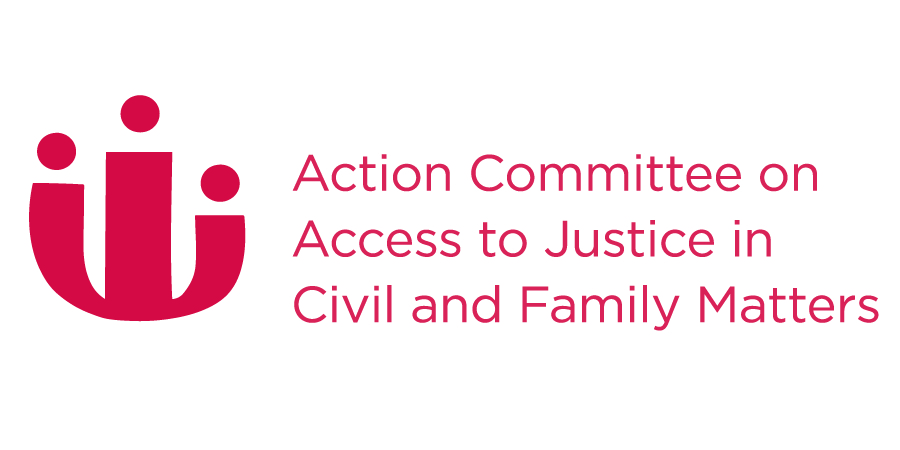Inventory of Reforms
Awards of Costs and Access to Justice
Year:
2011
Description:
Any individual or corporation considering whether to launch or defend a lawsuit has to consider the cost of litigation. In Saskatchewan, the unsuccessful party in a lawsuit is usually ordered to pay costs to the successful side. However, the costs awarded will usually be substantially less than the full legal bill incurred by the successful party. Several effects follow from this “partial indemnity” costs regime:
- The successful litigant will be out-of-pocket for the shortfall, reducing the actual compensation recovered.
- The unsuccessful litigant will have to pay part of the other side’s legal fees, which may discourage a party with a good but uncertain case from risking litigation.
- Both plaintiffs and defendants may seek to avoid the cost of litigation by settling without going to court.
Status:
Completed
Jurisdiction:
Saskatchewan
Court:
Court of King’s Bench
Body Responsible:
Law Reform Commission of Saskatchewan
Publications:
Awards of Costs and Access to Justice – Law Reform Commission of Saskatchewan
Purpose:
The costs regime operating in Saskatchewan is not universal. While the partial indemnity approach is favoured in all the common law provinces and in England, the general rule in the United States is to award no costs to indemnify for legal fees. In the civil law nations of Europe, on the other hand, a successful litigant can expect to be fully indemnified by the other party. Each costs regime has its defenders. While the Law Reform Commission has decided not to proceed further with work on this issue, this paper is intended to encourage discussion of the effect of the costs regime. It raises issues rather than possible solutions to this difficult problem. The paper introduces the topic and briefly describes the cost regime in Saskatchewan and other jurisdictions that award costs on a partial indemnity basis, and contrasts it with full and no indemnity systems.
Results:
While the Law Reform Commission has decided not to proceed with further work on this issue, this paper is intended to encourage discussion of the effect of the costs regime. It raises issues rather than possible solutions to this difficult problem. The next section of the paper briefly describes the cost regime in Saskatchewan and other jurisdictions that award costs on a partial indemnity basis, and contrasts it with full and no indemnity systems. The final section of the paper canvasses arguments that have been advanced in favour of each system.
Revision History:
This summary was last reviewed on June 13, 2024



